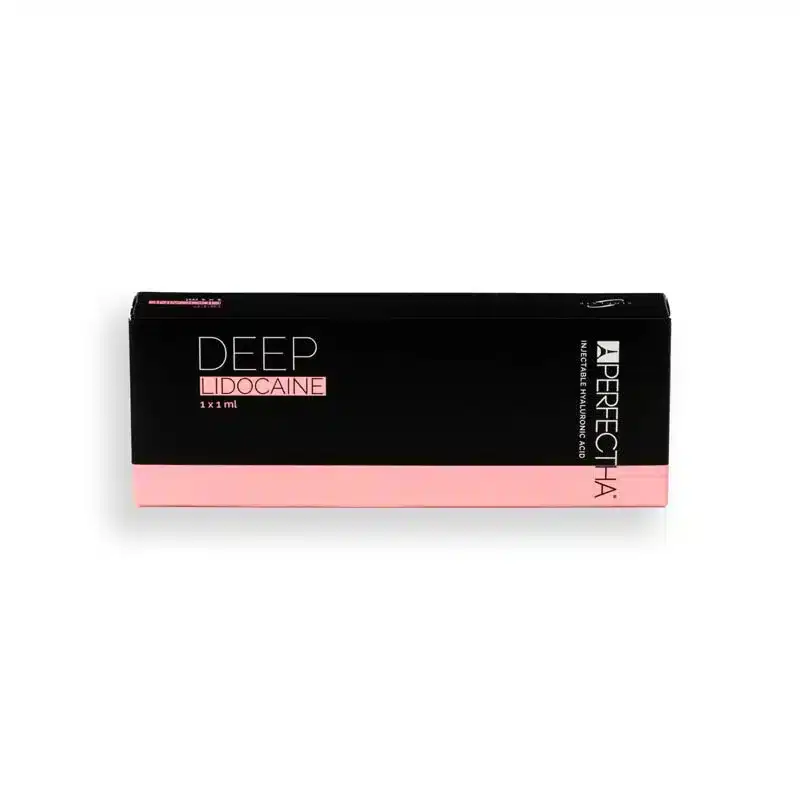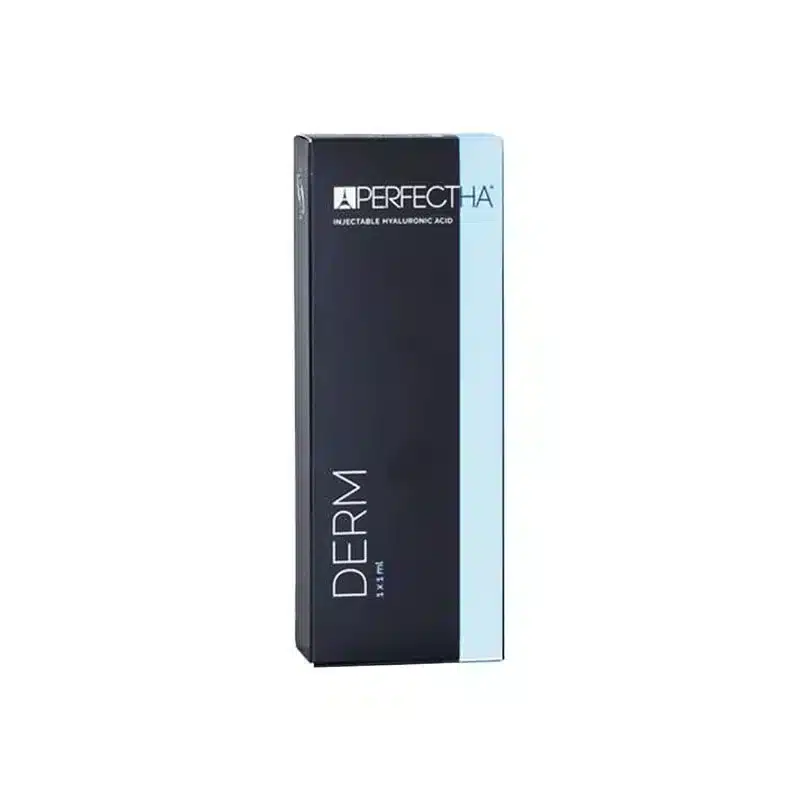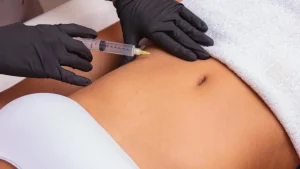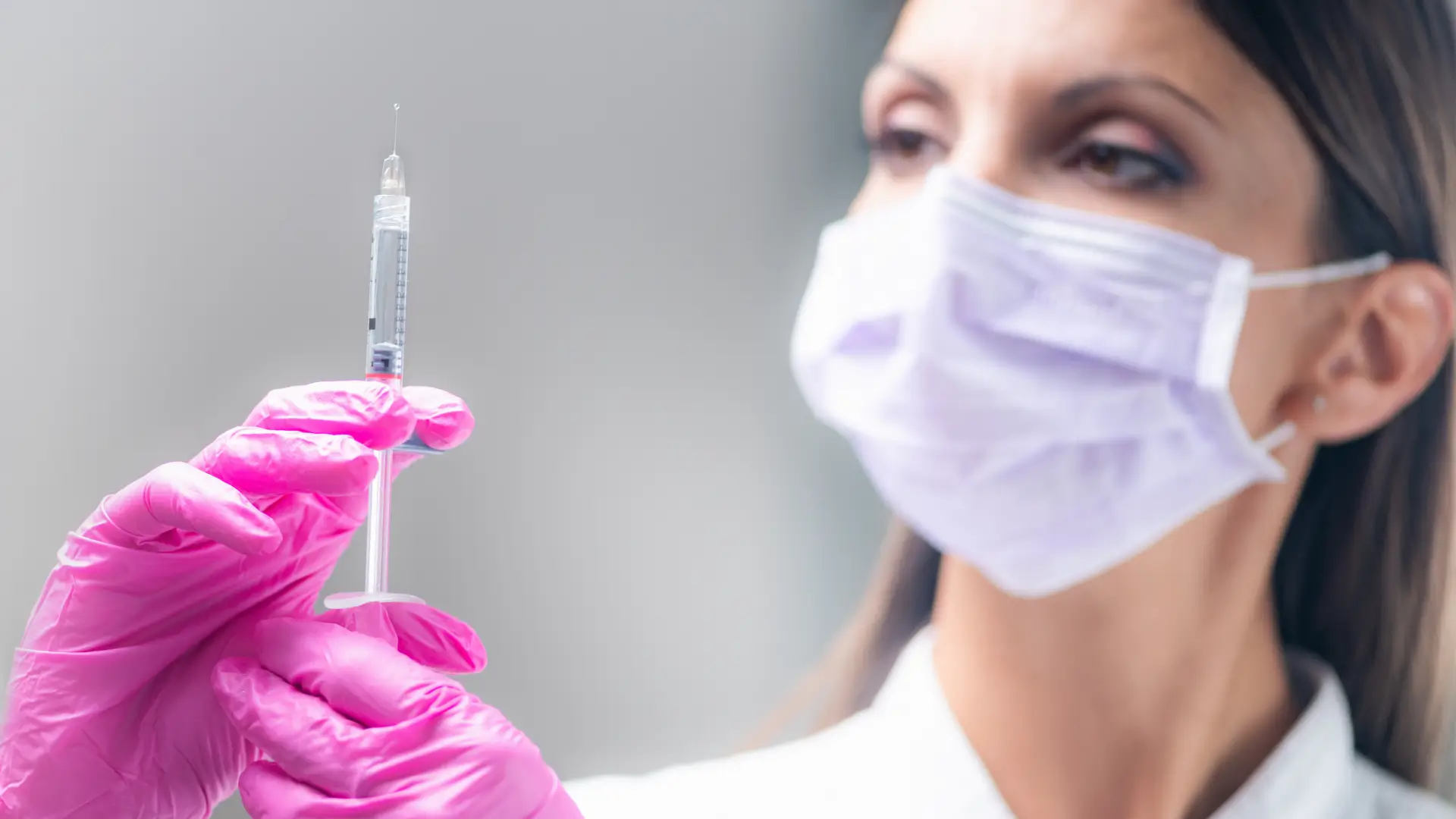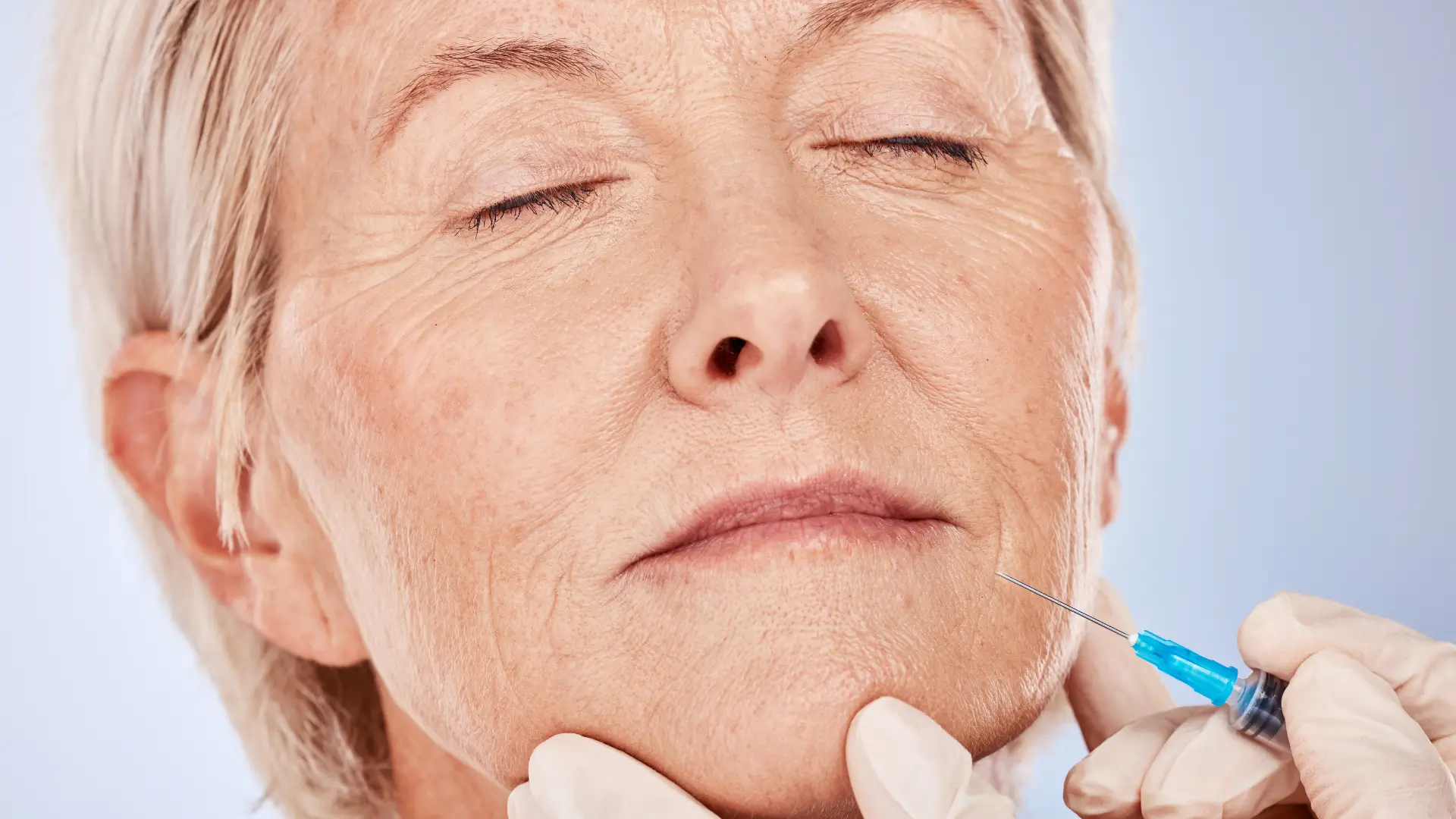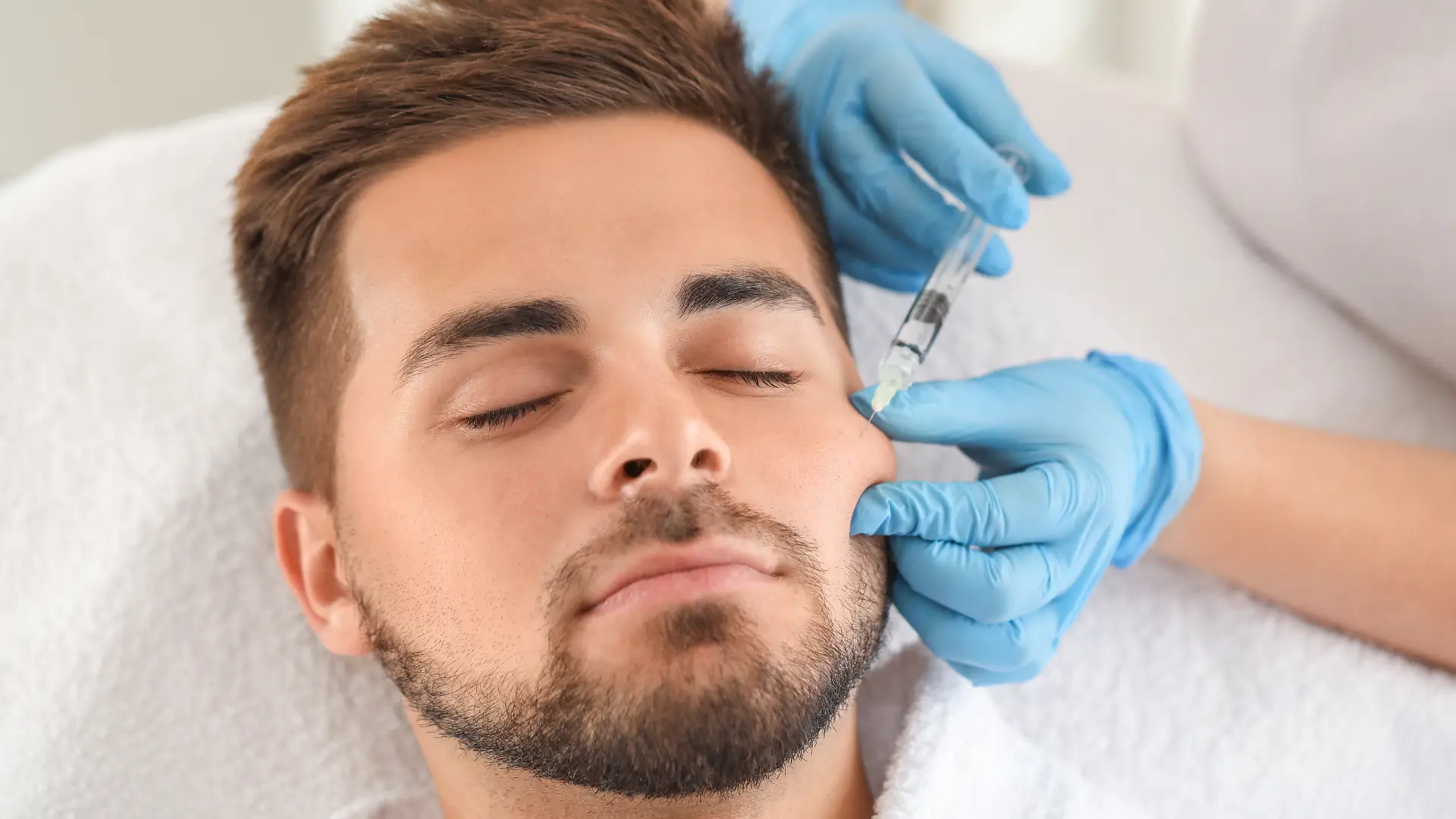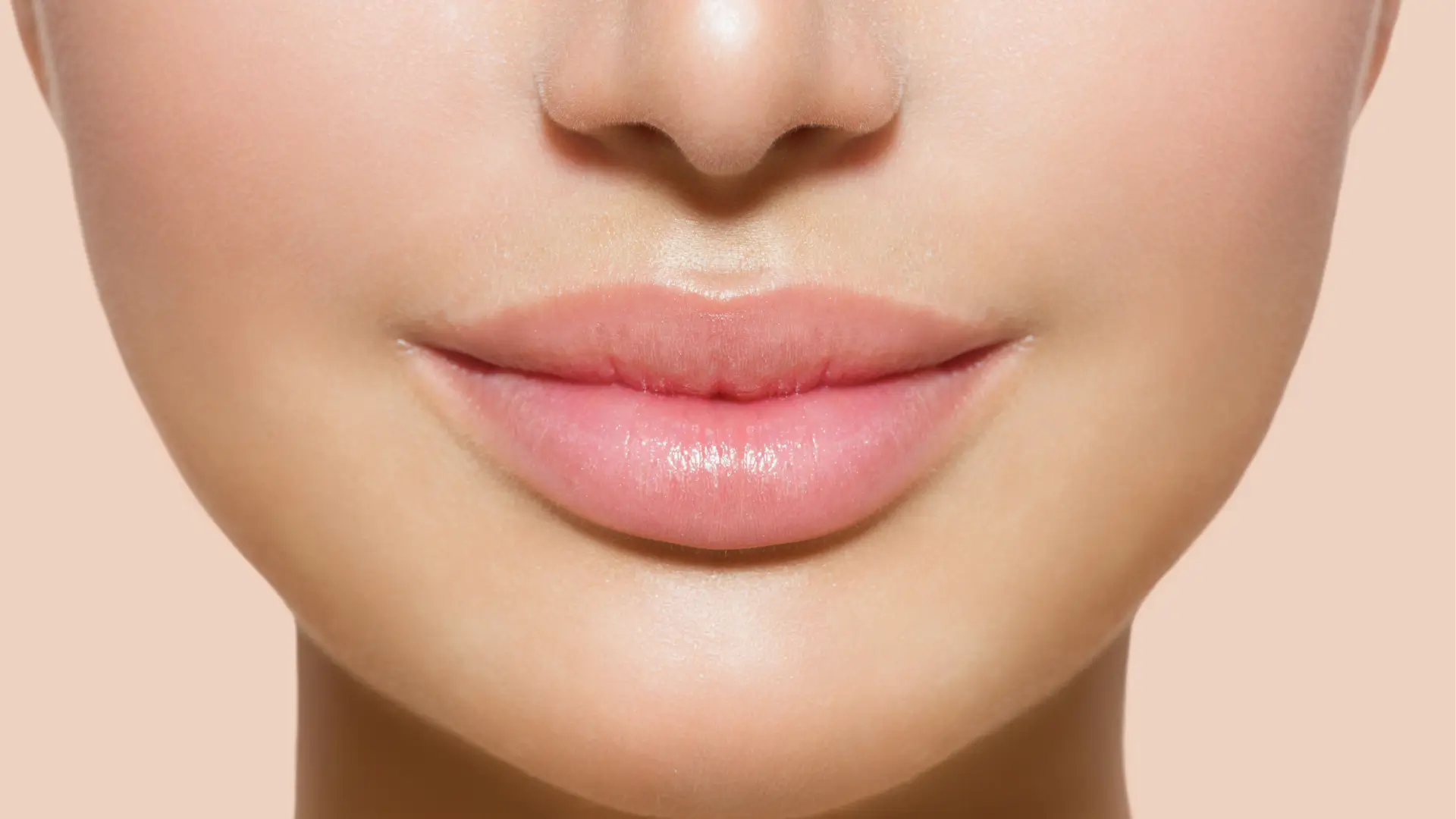The US Food and Drug Administration (FDA) approves dermal filler injections exclusively for adults aged 22 and older, regulating these minimally invasive treatments to ensure safety and efficacy. These measures are essential for addressing a wide range of aesthetic concerns, including restoring volume, reducing wrinkles, and enhancing facial contours.
When considering dermal fillers, FDA approvals and certifications play a vital role in ensuring product safety and effectiveness. Perfectha, a popular dermal filler, is designed to meet various facial aesthetic needs. However, patients should be fully informed about their regulatory status and ensure their practitioner follows local guidelines for its use.
This article will explore the FDA’s approval process, Perfectha fillers’ FDA approval status, clinical studies on their safety and efficacy, and the benefits and risks associated with FDA-approved fillers.
Key Takeaways
- Perfectha fillers are not FDA-approved in the United States despite having a CE mark for use in Europe.
- The FDA approval process for dermal fillers involves rigorous clinical trials and thorough evaluations to ensure safety and efficacy.
- Perfectha is reported to provide aesthetic benefits lasting up to 18 months, but its lack of FDA approval limits its use in the U.S. market.
- Choosing FDA-approved fillers offers greater assurance of safety and effectiveness, while non-approved options may carry increased risks.
About: Medica Depot is your trusted all-in-one supplier, offering a range of high-quality medical injectables and supplies. Buy Perfectha online at Medica Depot today! Whether for health professionals, plastic surgeons, dermatologists, licensed estheticians, or other specialists, we can offer genuine, brand-name products you may need. With Medica Depot, we prioritize serving you better to improve the patient’s quality of life.
Understanding FDA Approval for Dermal Fillers
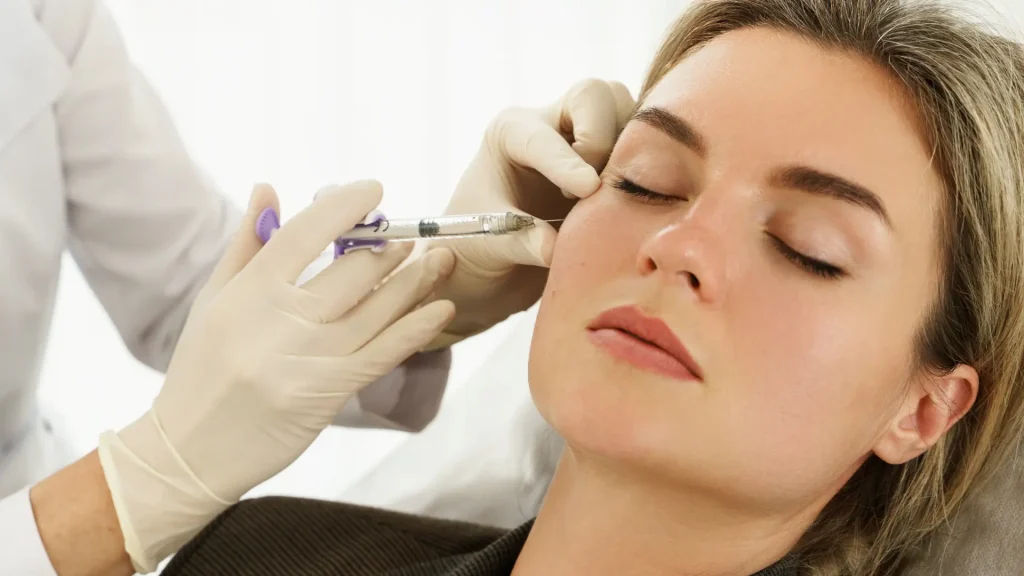
The FDA rigorously reviews clinical data to ensure the safety and efficacy of dermal fillers. This process includes preclinical studies, clinical trials, and post-market surveillance. Dermal fillers are classified as Class III devices, necessitating the most stringent approval process. This process, called Premarket Approval, includes several stages, such as comprehensive clinical trials and thorough reviews.
- Device Discovery and Concept: Plan the initial design and formulation of the filler.
- Pre-Clinical Research: Evaluate fundamental safety and efficacy in animal models.
- Pathway to Approval: Conduct human clinical trials to assess the filler’s performance.
- FDA Review: Examine all clinical trial data to ensure they meet safety standards.
- FDA Post-Market Safety Monitoring: Continuously monitor for adverse effects through post-approval surveillance.
FDA approval is essential for cosmetic treatments because it guarantees that products meet strict safety and efficacy standards. This protects consumers from potential harm and ensures the treatments are effective.
Furthermore, clinical studies must prove the safety and effectiveness of dermal fillers for FDA approval. This process includes controlled clinical trials, recording adverse events, and conducting long-term follow-ups to monitor potential risks.
Perfectha Filler
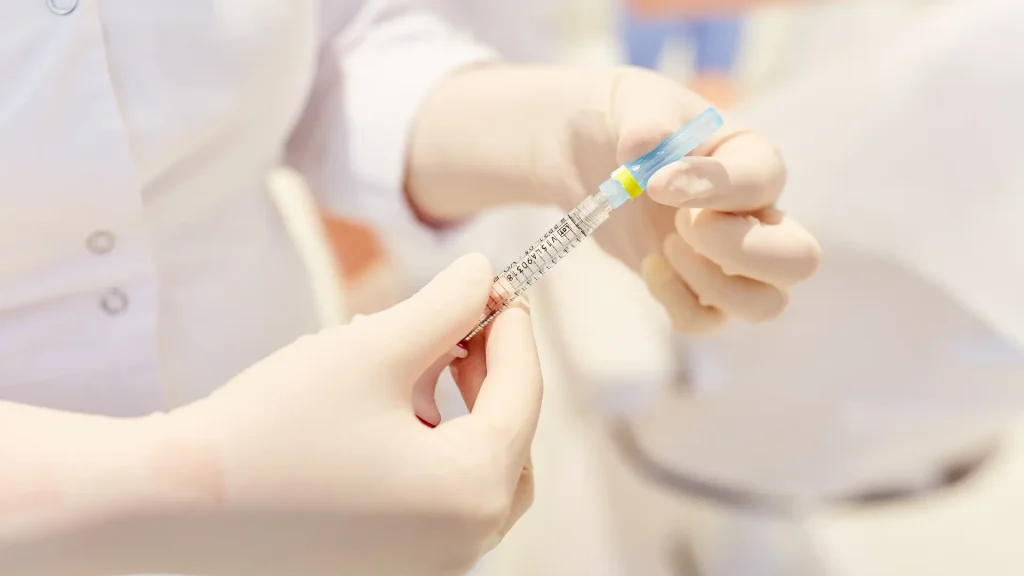
Despite its CE mark for use within the EU and European countries, the US Food and Drug Administration has yet to approve Perfectha fillers. It has limited clinical studies that highlight its safety and efficacy, requiring further studies before undergoing the FDA’s approval process.
A prospective study revealed that Perfectha Derm Sub Skin delivers aesthetic enhancements, as confirmed by investigators and patients, lasting up to 18 months post-treatment. This injectable agent effectively augments and lifts the upper cheeks and recontours the chin.
When comparing Perfectha vs Juvederm, the former provides comparable benefits in volume restoration and wrinkle reduction. However, its lack of FDA approval restricts its use within the United States. This approval would ensure compliance with US regulations and enhance the fillers’ credibility in the competitive dermal filler market.
Benefits and Risks of FDA-Approved Fillers
So, exactly how long does Perfectha filler last? This product boasts its duration of effects, with results lasting up to 6 to 18 months. The longevity may depend on the treatment area, depth, and choice.
However, those minimally invasive injectables with FDA approvals have more established and trusted advantages that medical professionals and patients may find more appealing than non-approved fillers for cosmetic treatments.
- Assured Safety and Efficacy
- Undergone Rigorous Clinical Testing
- Offers Potent and Reliable Aesthetic Results
- Improved Treatment Outcomes
Potential Risks and Side Effects Associated with FDA-Approved Fillers
Most FDA-approved dermal fillers only have mild and temporary side effects, which usually subside within a few days to a week. In addition to their benefits, individuals should also understand these potential risks before making informed treatment decisions.
- Swelling
- Bruising
- Redness
Furthermore, rare and severe complications may also occur when administered in unsterilized conditions, improper treatment protocols, or the presence of contraindications. This includes allergic reactions, infections, or vascular occlusion that can lead to tissue necrosis or blindness.
Choosing FDA-approved fillers ensures compliance with strict safety standards, reducing risks. It confirms that the product has undergone thorough evaluation for its intended use, safeguarding patients from unapproved and potentially dangerous alternatives.
Navigating the Regulatory Landscape for Perfectha Filler
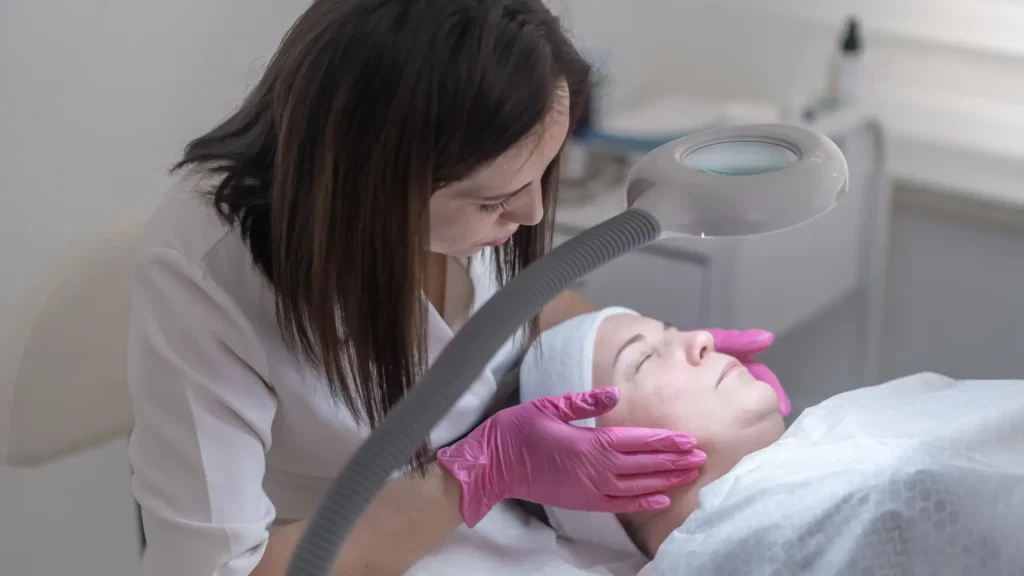
Medical professionals must assess the safety, efficacy, and regulatory status of dermal fillers like Perfectha. They should consider clinical evidence, patient needs, and potential risks associated with each product. This can ensure that patients can achieve their aesthetic goals while minimizing the possibility of severe complications.
FDA approval significantly impacts the use of Perfectha in the United States. If Perfectha is used off-label, practitioners must inform patients of this status and obtain informed consent to ensure transparency about potential risks and benefits for patient safety and satisfaction. The ethical implications of using a non-FDA-approved product must be carefully considered and comply with local laws and regulations.
Before using Perfectha fillers, providers must thoroughly evaluate the product’s safety profile, administration techniques, and effectiveness. Ensuring patient safety requires strict adherence to FDA regulations, which mandate rigorous testing and quality control. Compliance with these standards prevents adverse effects and guarantees the safe use of dermal fillers.
Conclusion
While Perfectha fillers offer significant aesthetic benefits and demonstrate duration of effects lasting up to 18 months, their lack of FDA approval raises concerns. The absence of regulatory clearance means that patients and practitioners must remain cautious when considering this product for cosmetic procedures in the United States.
Understanding the safety and efficacy of dermal fillers through their FDA approval is vital for making informed choices. FDA-approved fillers undergo extensive testing and monitoring, ensuring they meet high safety standards. For individuals prioritizing safety and proven results, opting for FDA-approved products is a more secure path to achieving their aesthetic goals.
FAQs
1. Is Perfectha filler FDA approved?
No, Perfectha filler has not received FDA approval in the United States, although it is CE-marked for use in Europe.
2. How long do the effects of Perfectha filler last?
The effects of Perfectha filler can last between 6 to 18 months, depending on factors like the treatment area and application depth.
3. Why is FDA approval necessary for dermal fillers?
FDA approval ensures that dermal fillers have undergone rigorous testing for safety and efficacy, providing greater assurance to patients regarding the product’s reliability and reducing potential risks.
References
- Center for Devices and Radiological Health. (2021). Dermal Fillers (Soft Tissue Fillers). FDA. https://www.fda.gov/medical-devices/aesthetic-cosmetic-devices/dermal-fillers-soft-tissue-fillers
- Hyaluronic Acid Dermal Fillers FAQs | Perfectha®. (n.d.). Perfectha. Retrieved December 26, 2024, from https://perfectha.com/faqs/

